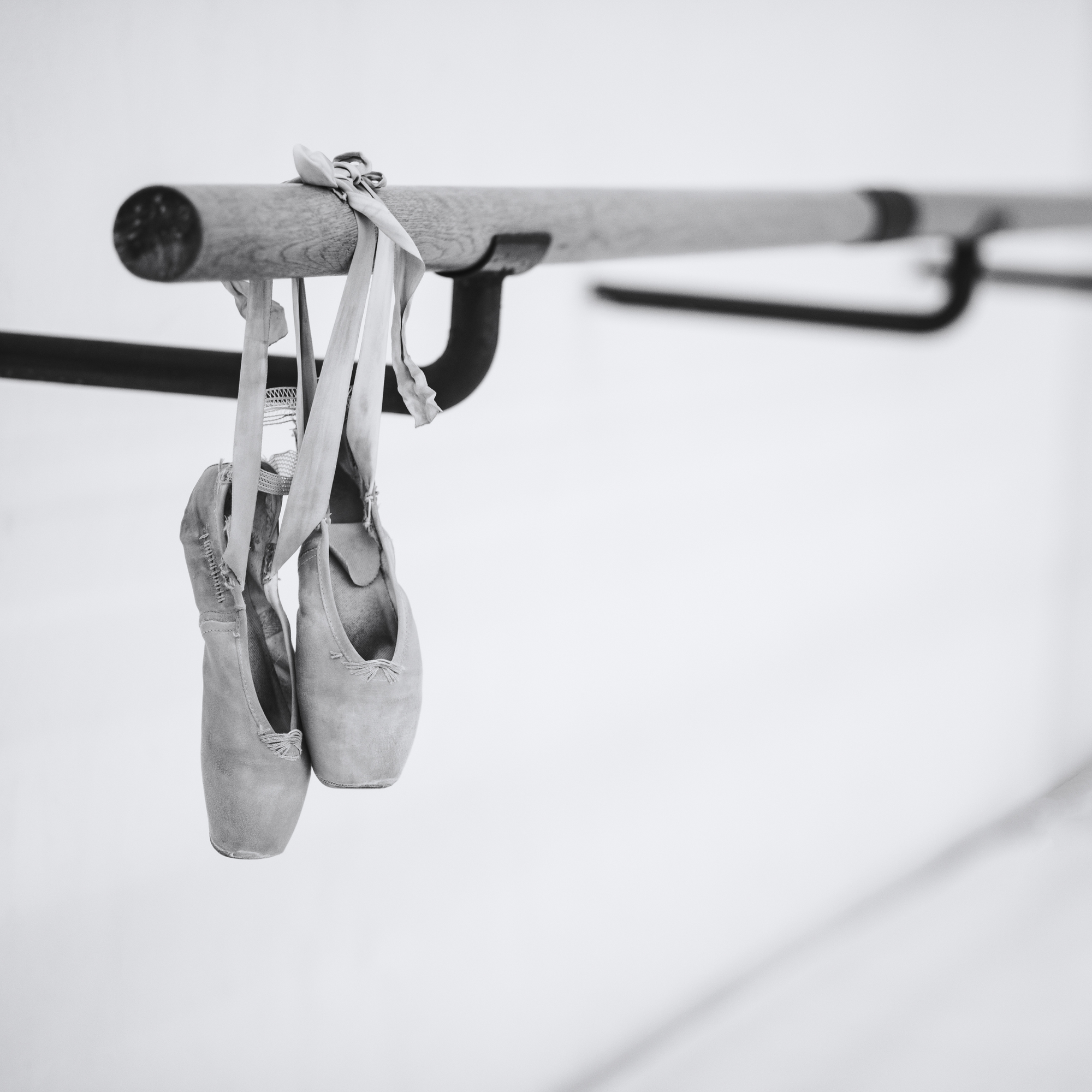Burnout is a pervasive issue that can affect ballet dancers at any stage of their careers. In this blog post, we explore the complex nature of burnout in the dance world, its impact on dancers' performance and well-being, and the importance of recognizing and addressing the signs of burnout. By understanding the unique challenges faced by dancers and adopting smarter training approaches, we can promote dancers' health, happiness, and long-term success.
- The Artistry and Perfectionism Dilemma: Ballet dancers strive for subjective goals, such as artistry and audience approval, unlike other sports. This pursuit often leads to excessive training hours, perfectionism, and obsession, contributing to burnout. Additionally, the lack of defined off-season periods further hinders recovery and conditioning.
- A Bio-Psycho-Social Perspective: Recognizing burnout requires considering dancers' health holistically. Burnout is not solely a physical exhaustion but a complex state influenced by psychological well-being and social interactions. Factors like low self-esteem, perfectionism, and limited socialization opportunities can contribute to burnout among dancers.
- Recognizing Burnout: Although no objective tests can diagnose burnout, certain signs and symptoms can serve as red flags. Performance decline, loss of motivation and passion, daily fatigue, poor concentration, emotional instability, and physical ailments may indicate a dancer's struggle with burnout.
- Understanding the Causes: Burnout occurs when dancers fail to allow for adequate recovery periods, leading to the depletion of physical, mental, psychological, and emotional energy. Overtraining, repeating the same movements excessively, and neglecting rest and recovery can contribute to burnout over time.
- Emphasizing Quality over Quantity: Dispelling the notion that more training automatically leads to better performance, dancers need to shift their focus from perfection to progress. Recognizing the importance of rest and recovery and balanced training volume promotes strength, metabolic adaptations, and mental resilience.
- Education as a Solution: Raising awareness about burnout among dance educators, schools, companies, parents, and dancers themselves is crucial. By prioritizing dancers' health and well-being, implementing preventative strategies, and fostering a team approach, we can create a supportive environment that values smart training practices over excessive demands.
To safeguard dancers from burnout, it is essential to prioritize their overall well-being and promote a healthier approach to training.
By acknowledging the signs of burnout, understanding its causes, and embracing smarter training methods, we can ensure that ballet dancers thrive both artistically and personally. Let's work together to create a culture that celebrates progress, values rest and recovery, and supports dancers' long-term success and happiness.

